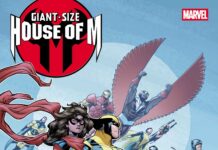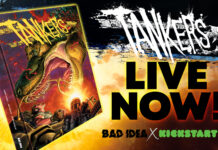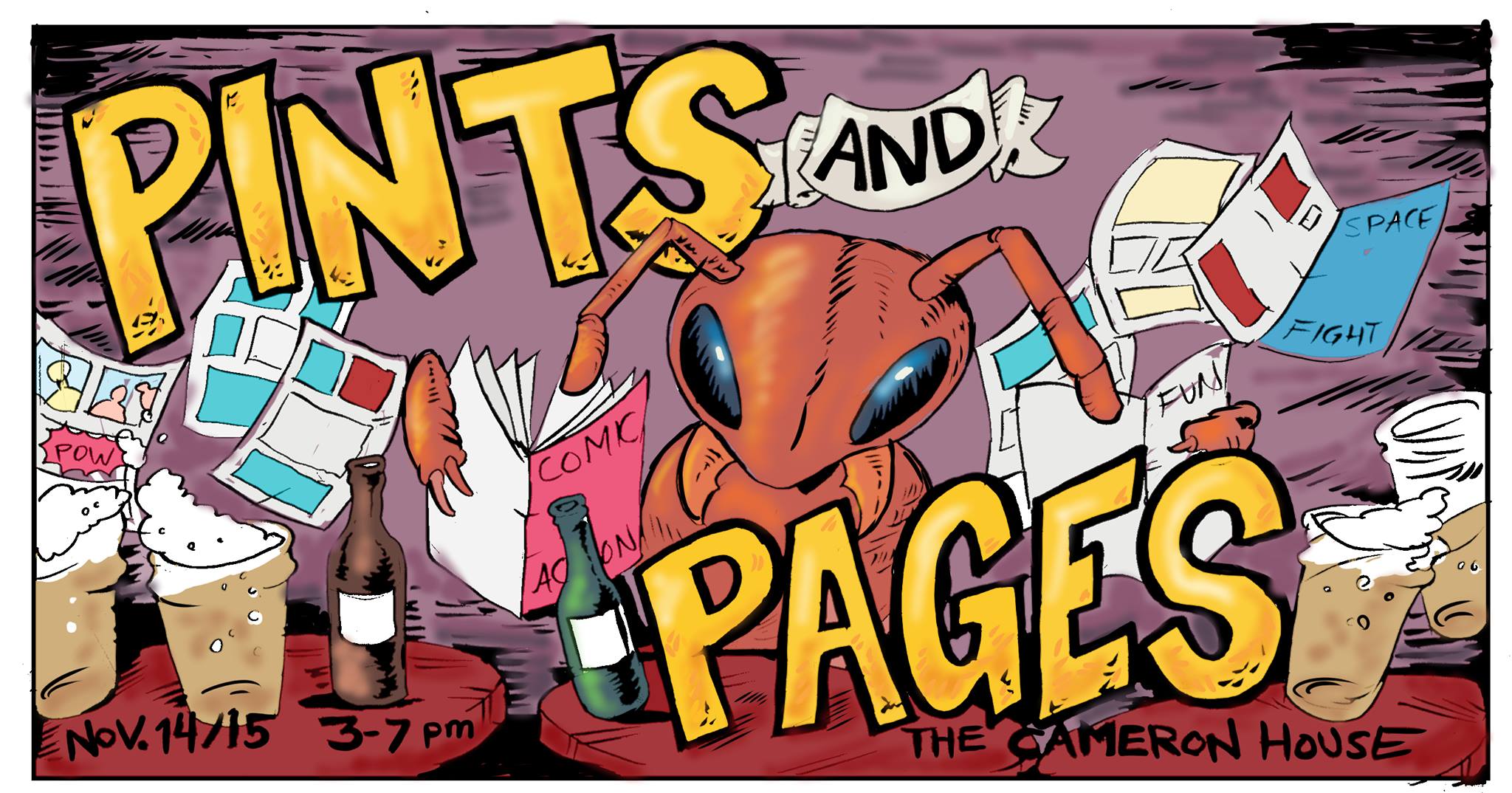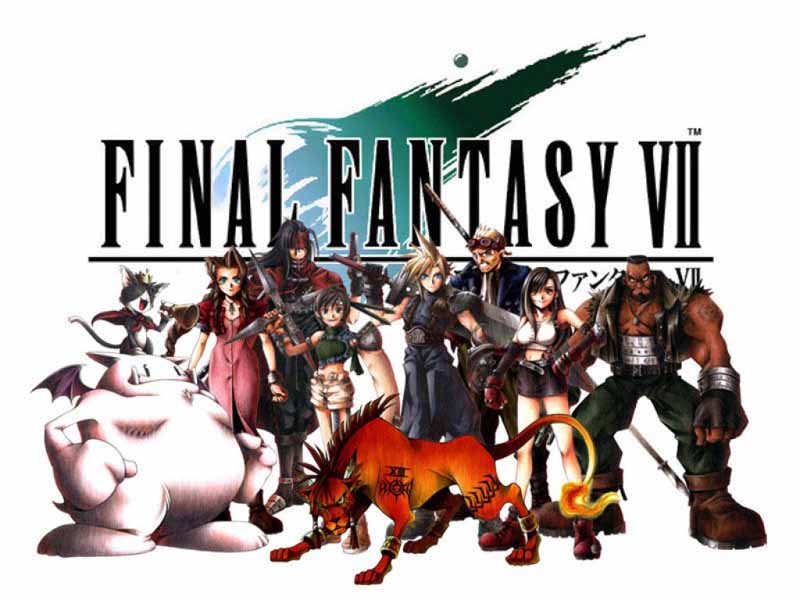Final Fantasy VII: Review
Platform: PS, PS3, PS4
Developer: Square
Publisher: Square Enix, Sony Computer Entertainment
Author: K.D.
Alright, first and foremost, let’s get the feels out of the way. Aerith dies.
Are we good now? Moment’s done? Good! Hello, and welcome to the FFVII review. Let’s chat about great game crafting. We start with compelling characters whose dark pasts (which they sometimes were made to forget) make them seem so gosh darn human. Add in a little advanced graphical design as full motion video (which spurred on other CGI initiatives), and sprinkle in a villain so creepy you get chills down your spine just thinking of him and the entirety of evil that he embodies. All this adds up to a storyline that keeps surprising you with Shyamalan-ian twists (just… y’know, done well), and my goodness, you have yourself a winner!
We all know the formula for Final Fantasy games by the time we’ve reached number 7, but here are the cliffnotes: evil company wants to take over the world by finding the “promised land” (Secret of Mana players know what I’m talking about!) in order to maximize the efficiency of the Mako (akin to mana) reactors for the dastard corporation Shinra. Our rascal hero, Cloud, starts off as a ne’er-do-well who is attacking Shinra reactors. He meets a girl (Aeris or Aerith). Girl gets kidnapped. He and his team go to rescue her. They do not succeed. They wake up to find everyone outside their jail cell dead, except for the cute girl from before. Cue violin sting: introducing Sephiroth, the biggest, baddest villainous punk to grace video games! I bet if he was at the movies, he’d be that guy texting throughout the movie… who then proceeds to kill everyone with his ridiculously long sword—and no, that’s not a euphemism. But I digress. Sephiroth flees, Cloud & Co. follow him, recruiting more misfits for their group. When they finally catch up with Mr. McNasty, he reveals his villainous plot! Some stuff happens and Aeris dies. Some more stuff happens, then the party confronts Sephiroth and the day is saved by Aeris’ Holy spell, and the planet’s Lifestream slaps Sephiroth’s silly meteor away. Also, the team subdues Sephiroth.
Hugs?! You cad!!
So why is this game so great? As you can tell, the storyline is relatively linear in how I’ve laid it out, but—believe it or not—I didn’t mention every part of the story. There are tons of nuances and subtle twists that are quite revelatory as they appear. There is actually a very rich history embedded in the game, which entices the player further and further in. Due to this richness and profundity of story, they realistically had to segment the story into four parts: Before Crisis: Final Fantasy VII (a mobile device game following the Turks set 6 years before the main story), Crisis Core: Final Fantasy VII. (which serves as a prequel to the main story giving context to where the Buster Sword originates, and some background information on Cloud), Final Fantasy VII (which encompasses the main story), and Dirge of Cerberus (the series’ first shooter game, which chronicled a chain of events that followed the rejection of Meteor 3 years later). Each game possesses a unique approach to the world, giving players a variety in play styles while also still delivering on story.
Honestly, there’s not much more to say: this game is a classic for all of the great story it brings. The heartbreak, the unfulfilled need to get vengeance on the death of that poor, sweet girl, and those full movie sequences that sparked one of the best (in my opinion) and photorealistic animated films of all times: Final Fantasy: The Spirits Within. Also, it’s won more awards than I can count! So, if you like the series and you haven’t played them all yet, then… what are you waiting for? The world (whatever it’s called in your choice of the Final Fantasy series) is waiting to be saved!
Follow us on Twitter to keep up with the latest posts, or to recommend a game for the team to review: @TheSaveSpot1


































